Final Demand for Payment Letter
-
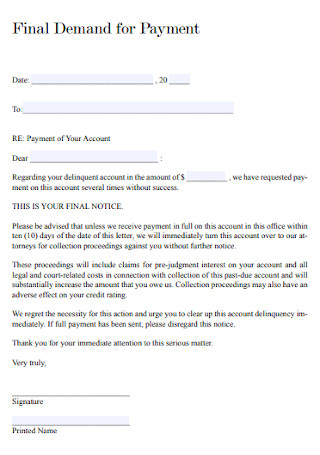
Final Demand for Payment Letter
download now -
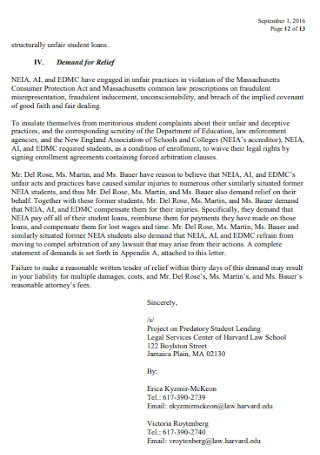
Sample Final Demand Letter
download now -
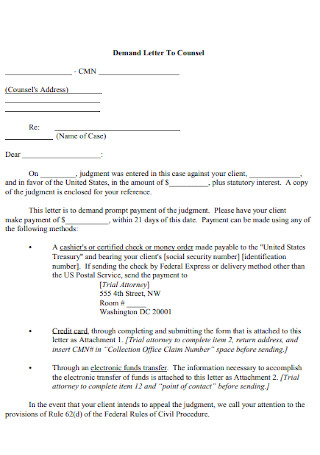
Final Demand Letter to Counsel
download now -
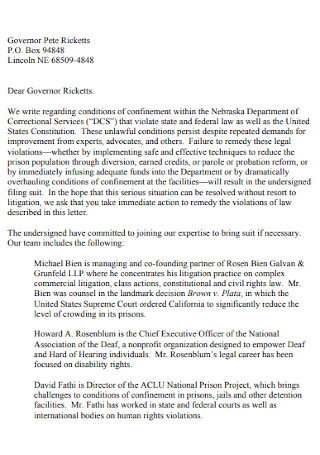
Basic Final Demand Letter
download now -
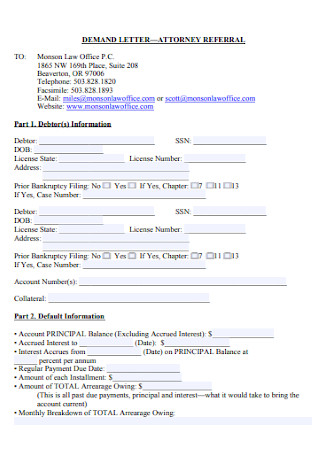
Final Demand Referral Letter
download now -
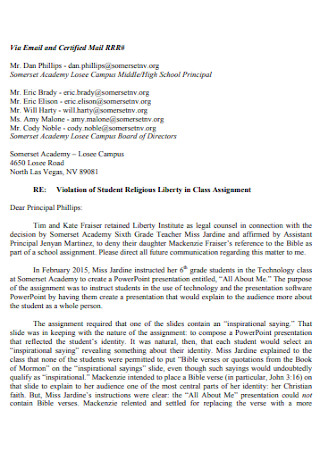
Final Student Demand Letter
download now -
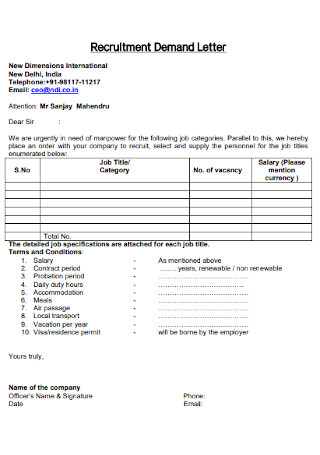
Final Recruitment Demand Letter
download now -
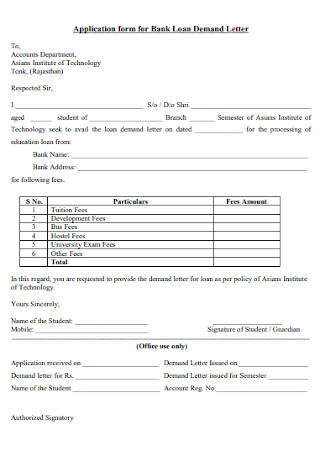
Final Bank Loan Demand Letter
download now -
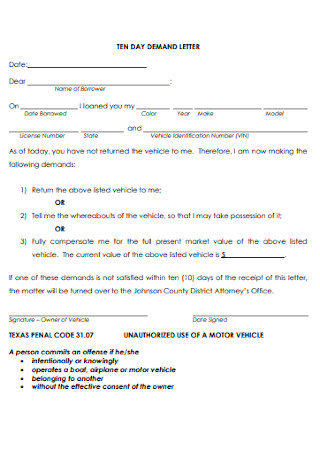
Final Ten Day Demand Letter
download now -
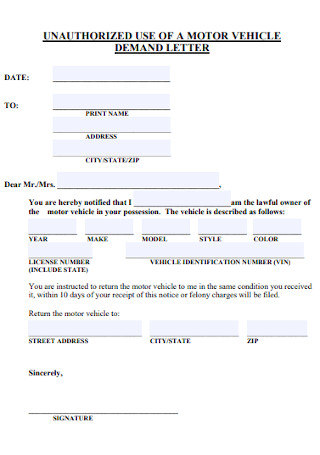
Motor Vehicle Demand Letter
download now -
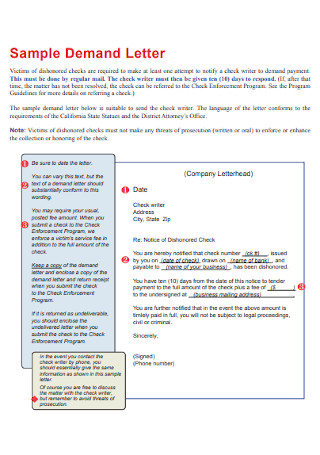
Sample Comapny Final Demand Letter
download now -
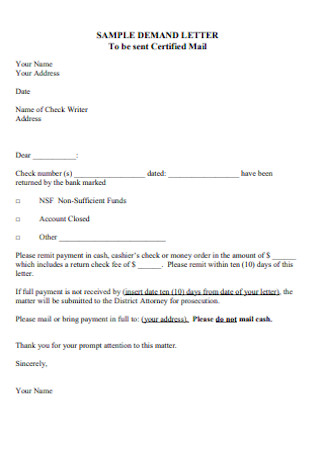
Sample Final Certified Demand Letter
download now -
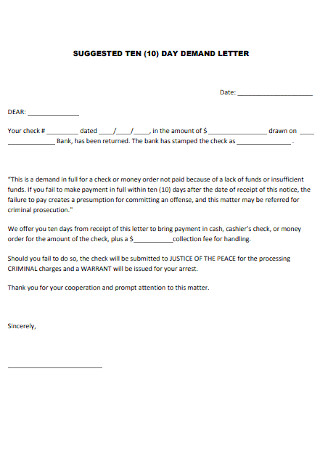
Ten Day Final Demand Letter
download now -
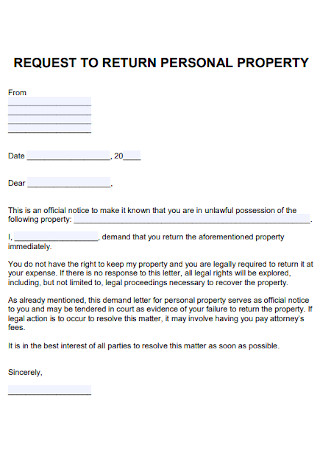
Final Property Demand Letter
download now -

Merchant Final Demand Letter
download now -

Final Company Demand Letter
download now -
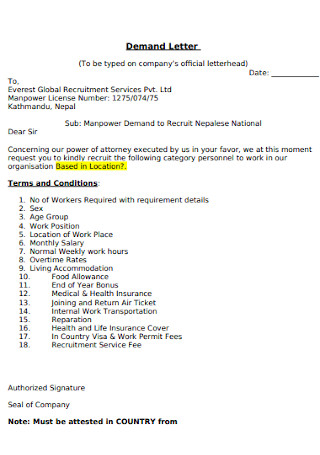
Formal Final Demand Letter
download now -

Final Letter of Demand Employees
download now -
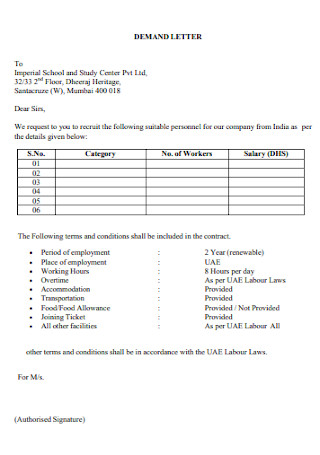
Standard Final Demand Letter
download now -
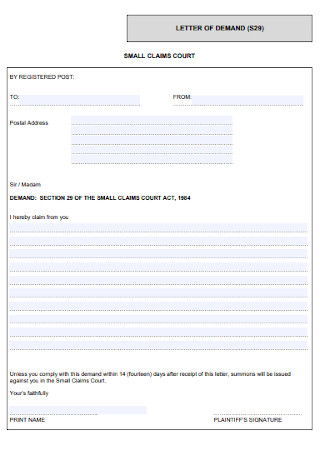
Fianal Letter of Demand Claims
download now -
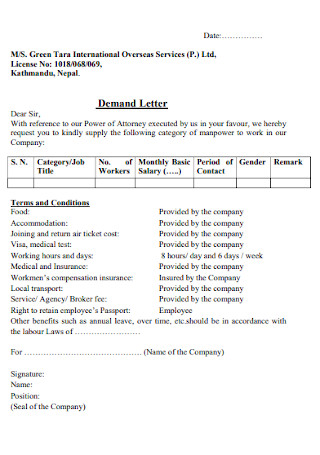
Simple Final Demand Letter
download now -
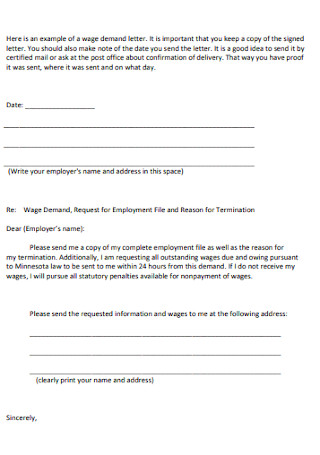
Final Wages Demand Letter
download now -
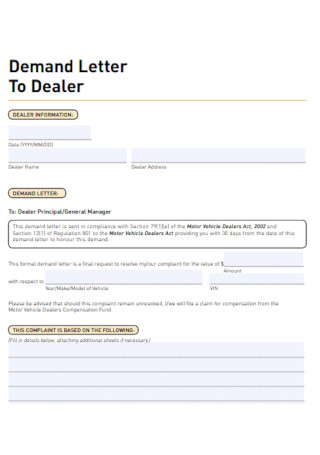
Final Demand Letter to Dealer
download now -
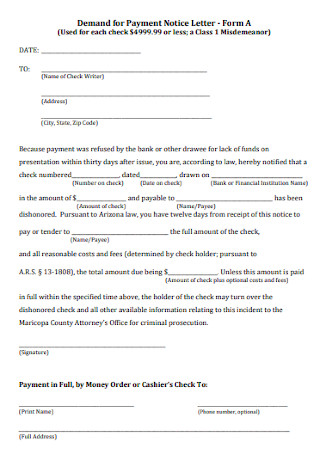
Demand for Payment Notice Letter
download now -
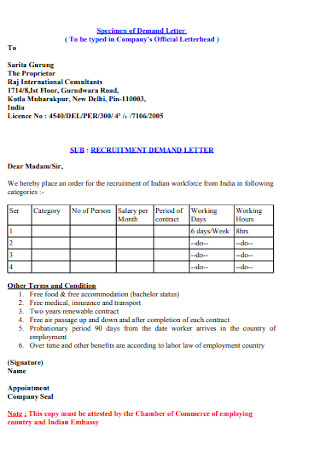
Specimen of Demand Letter.
download now -

Comapny Employer Demand Letter
download now -
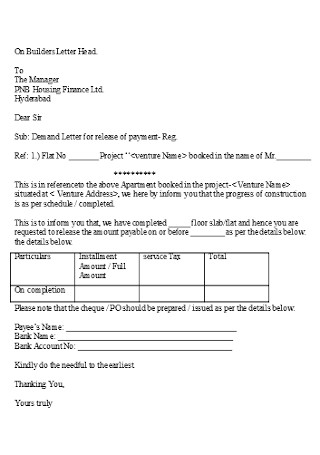
Final Builders Demand Letter
download now
FREE Final Demand Letter s to Download
Final Demand for Payment Letter
What is a Final Demand Letter?
All You Need To Know About Small Claims Court
How to Write an Effective Final Demand Letter
FAQs
What are demand letters in claims concerning personal injury?
What if the other party does not make a response?
What do I do when I receive a demand letter?
How long will a settlement take once a demand letter is sent?
Can you force someone to pay?
What is a Final Demand Letter?
A final demand letter is a document an individual sends to another asking for repayment or restitution. The receiver may have infringed an agreement by failing to pay a debt or by neglecting his contract obligations. The violated party sends this notice to the other party before he takes any legal action. Also, before sending a letter, a sender must first remind the receiver of his obligation through emails or phone calls. A final demand letter serves as a reminder for debtors to pay their debts and aggravators to correct their mistakes. Typically, these letters contain details concerning how a violator can make reparation. If the recipient ignores and chooses not to fulfill the demand, the sender may bring the case to court. There is also a possibility that a recipient will respond by making a letter that denies the claim.
America’s Debt Help Organization reports that the total amount of consumer debt in the United States stands at $13.86 trillion, which includes credit cards, auto loans, student loans, and mortgages. According to Investopedia, in the United States, the Fair Debt Collection Practices Act or state laws may have power over final demand letters. These laws spell out what lenders must follow when collecting debts.
All You Need To Know About Small Claims Court
Any business entity or individual can bring another company or person to small claims court, as long as the dispute concerning money is below a certain amount. The amount differs from state to state, it can reach $15,000 or can be as low as $2,000. Normally, a business or individual doesn’t need to hire an attorney in a small claims court. The plaintiff only needs to bring his evidence on the hearing date.
How to Write an Effective Final Demand Letter
You can avoid paying fees for a lawsuit by presenting a final demand letter to the aggravator and open a discussion for resolution. The steps below are steps to create an effective final demand letter template.
Step 1: Make a Summary at the Introduction
Write two or more sentences that speak about the loss you have suffered. Then, politely demand for payment on damages done. By doing this, you will be able to confront the receiver about what he has done. Also, this will give your reader an idea of the whole content of the letter.
Step 2: Address the Letter to Your Reader
Don’t be too legal in your approach when you are making the letter. This is what lawyers tend to do, and this line of action sometimes worries or confuses the reader. Depending on who your reader is, you must compose the letter in a way that will be easy for him to understand. So, if your reader is an entrepreneur, common terminologies in business are the best to use. Remember that your goal is to let your reader understand your point.
Step 3: Be Professional in Your Approach
Writing abusive words will not do you any good. So, be straightforward and calm. Don’t give in to anger if you truly are vexed about the situation. Maintain respect and courtesy when making the letter and address your defendant in a respectful manner (e.g. Mr. Jones). Being professional in your approach will make things easier for you, and it may also soften a stubborn defendant.
Step 4: Write all the Necessary Details
Narrate the story from beginning to end. A judge in a small claims court may reward you if you include details about invoices, emails, and phone calls you sent before you brought the case to court. Therefore, include the following information in your letter: (1) the events that happened which caused the problem, (2) an explanation why the other party is at fault, (3) details on how the person incurred damage on you, (4) a description of what your solution was and how much money you’ve lost, and (5) a statement regarding your demand for the damages done. Remember to write what you can prove in the letter, and fill the document with facts.
Step 5: Justify Your Claim through Reason
It is normal for a person to listen to a demand that is reasonable enough. When you are demanding for recompense, give the reader a reason why he should listen to your case. It can be difficult to quantify the harm done to you (e.g., suffering and pain). Note that there are three types of damages: compensatory, general, and punitive damages. Suffering and pain falls under general damage and is difficult to quantify. Therefore, the jury has to determine that. Compensatory damages are actual damages done (e.g., nonpayment or income loss). Punitive damages are damages done intentionally.
Now that you have made an effective final demand letter, ensure that the other party receives the letter. If you have a lawyer, he will do the job for you. If you want to send it yourself, you need to ask for a receipt of confirmation in a post office. Additionally, you can pay a fee to the court and let them deliver the letter to the defendant.
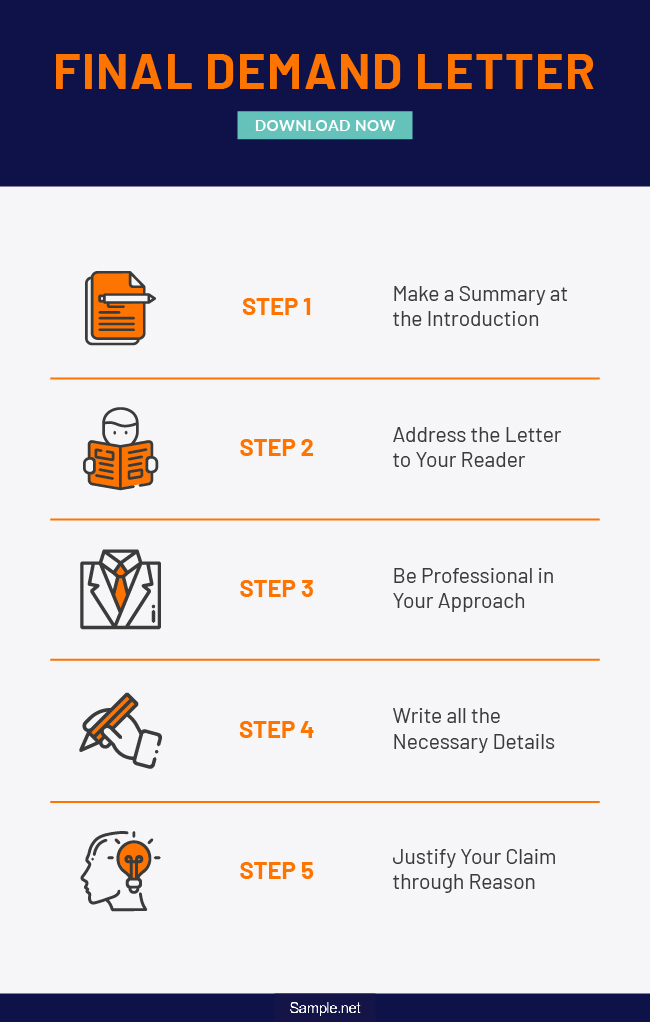
FAQs
What are demand letters in claims concerning personal injury?
In this type of claim, the process starts when the victim submits a final demand letter to an insurance company. The letter’s purpose is to show facts about the situations and to convince the insurance company to give a fair compensation. You can outline a letter with the following information: details about the accident, a discussion about accident liability, account about the injuries, description of treatments, list of hospital expenses, and personal injury compensation demand.
What if the other party does not make a response?
If the other party doesn’t answer your request, make sure you didn’t deliver the letter in the wrong place. The first thing you need to do is to send another letter. There might be a slight possibility that the other person didn’t get the letter. Send your second letter through personal mail so you get a receipt that acknowledges the defendant has received it. Also, you can ask your lawyer to follow-up through a voicemail or a phone call. If there is still no response from the other party, you might need to file a case in a small claims court.
What do I do when I receive a demand letter?
If you get one, you have to inform your lawyer immediately. You may think that if you ignore the letter, the plaintiff will simply forget about it. Usually, that is not the case, especially if the sender has hired a lawyer. Answer the sender and do your best to settle the case before it reaches court. Note that courts will not be in favor of those who don’t seriously regard demand letters. This does not necessarily mean that you will respond to all demands, especially when those demands are not valid. As a recipient, you can defend yourself and even pay lesser than what is demanded.
How long will a settlement take once a demand letter is sent?
There is no exact term for all settlements because it differs from one case to another. In some cases, insurance companies accept demands and pay them almost immediately, but that is very rare to happen. In reality, having a deal with an insurance company will take some months to settle. The strategy of most insurance companies is to reject your request and respond with a compensation that is of lesser value. You, on your part, may refuse or accept the amount. So, the process can go for a long time until every cent is paid.
Can you force someone to pay?
In a small claims court, the court may make a final judgement for the money that is owed to you, but it can be hard to actually collect the money. As we have mentioned earlier, the court can only pressure the defendant on compensating through a wage garnishment or a lien against his property.
A final demand letter is a letter for peace and not a letter for punishment. It gives both parties a chance to resolve a matter without bringing it to court. If you need one immediately, you can download our sample final demand letter templates above.
